introducing node operator ai
AI Node Operator Agent
for Onchain Economy
First fully autonomous AI agent for blockchains. deploys, upgrades, monitors, predicts failures, and resolves incidents in real time for blockchain protocols
upgrade workflow
0% • Detected new release…
Geth v1.15.0
Fusaka hardfork
Checking for latest Client versions.
Note: You have launched claude in your home directory. For the best experience, launch it in a project directory instead.
> Deploy Ethereum archival node on mainnet, and set the pc endpoint to rpc.ponos.com
x Auto-update failed • Try claude doctor or npm i -g @anthropic-ai/claude-code
Current Version: 0.1.0
/help for help, /status for your current setup
cwd: /Users/harold/k8s-nodes-deployments/
> |
? for shortcuts
Getting Started
Running blockchain infrastructure made simple
—across every network.
01

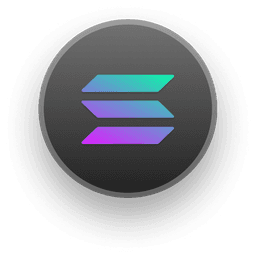



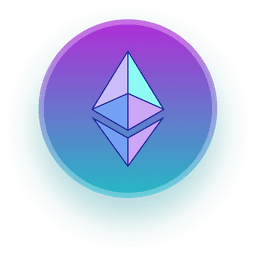

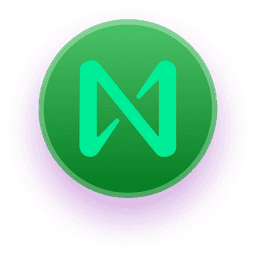







Hire an Agent
Choose from specialized blockchain agents — eth-agent, dot-agent, sol-agent, ava-agent, stark-agent, op-rollup-agent and more. Each agent is fine-tuned and trained on its protocol specific corpus to deploy & manage all its node types in just 3 clicks. No setup. No scripts. Fully autonomous.
02

Hi. how can i help you today?
Ask anything...
Deep search
Search
AI Handles the Lifecycle
Each agent provisions infrastructure, applies protocol best practices, manages upgrades, monitors performance, and self-heals — covering the entire lifecycle of your node operations end to end.
03




You Scale, It just works
Forget alerts and dashboards. nodeoperator.ai ensures production-grade uptime, onchain transparency, and slash-proof reliability — so you can focus on building and scaling your ecosystem.
Why NodeOperator.ai?
Why NodeOperator.ai?
0% • Sub-agents activated
Protocol parameters loaded
Client states analyzed
Upgrade paths optimized
1
Operate nodes from a single intelligent control plane
Powered by AI
Meet your
AI
Node Operator
Your autonomous teammate that deploys, manages, and safeguards blockchain infrastructure — across every chain, without human oversight.
Purpose-Built for Blockchain Networks
Every agent and sub-agents — from eth-agent to dot-agent, sol-agent, and stark-agent is fine-tuned for its protocol. They deploy validators, fullnodes, relayers, rollups and sequencers etc with little to zero configuration, maintaining seamless uptime and protocol compliance.
Deploy
Upgrade
Remediate

Enterprise-Grade Security
Nodes launch in isolated, hardened environments with encrypted keys and continuous compliance checks. AI agents monitor for anomalies, patch vulnerabilities, and enforce guardrails automatically.
Secure
Monitor
Protect
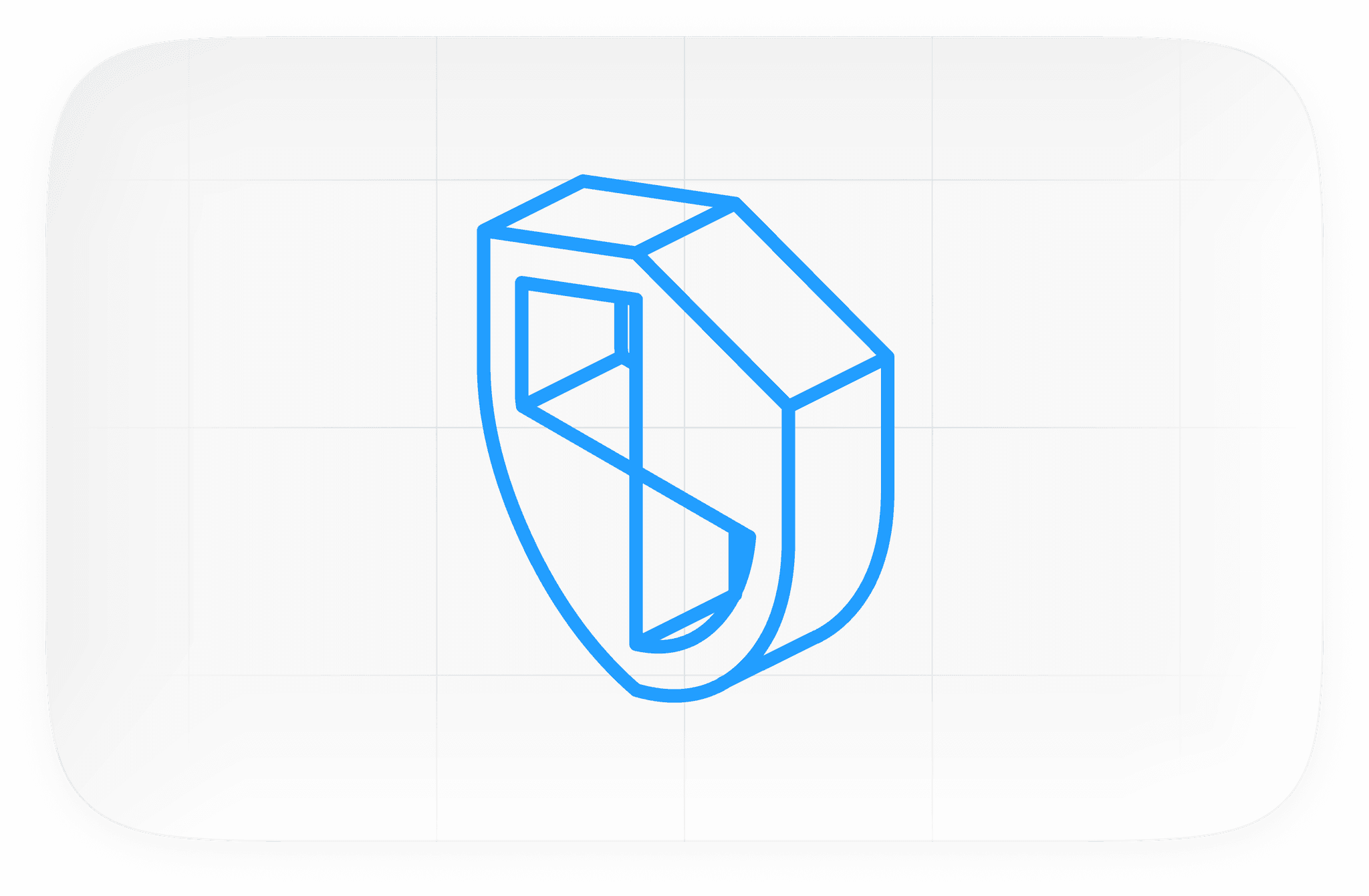
AI-Driven Reliability
Self-healing intelligence predicts and resolves issues before they impact performance. Agents scale resources, optimize throughput, and sustain >99.999% uptime — autonomously.
Auto-Heal
Audit
Optimize
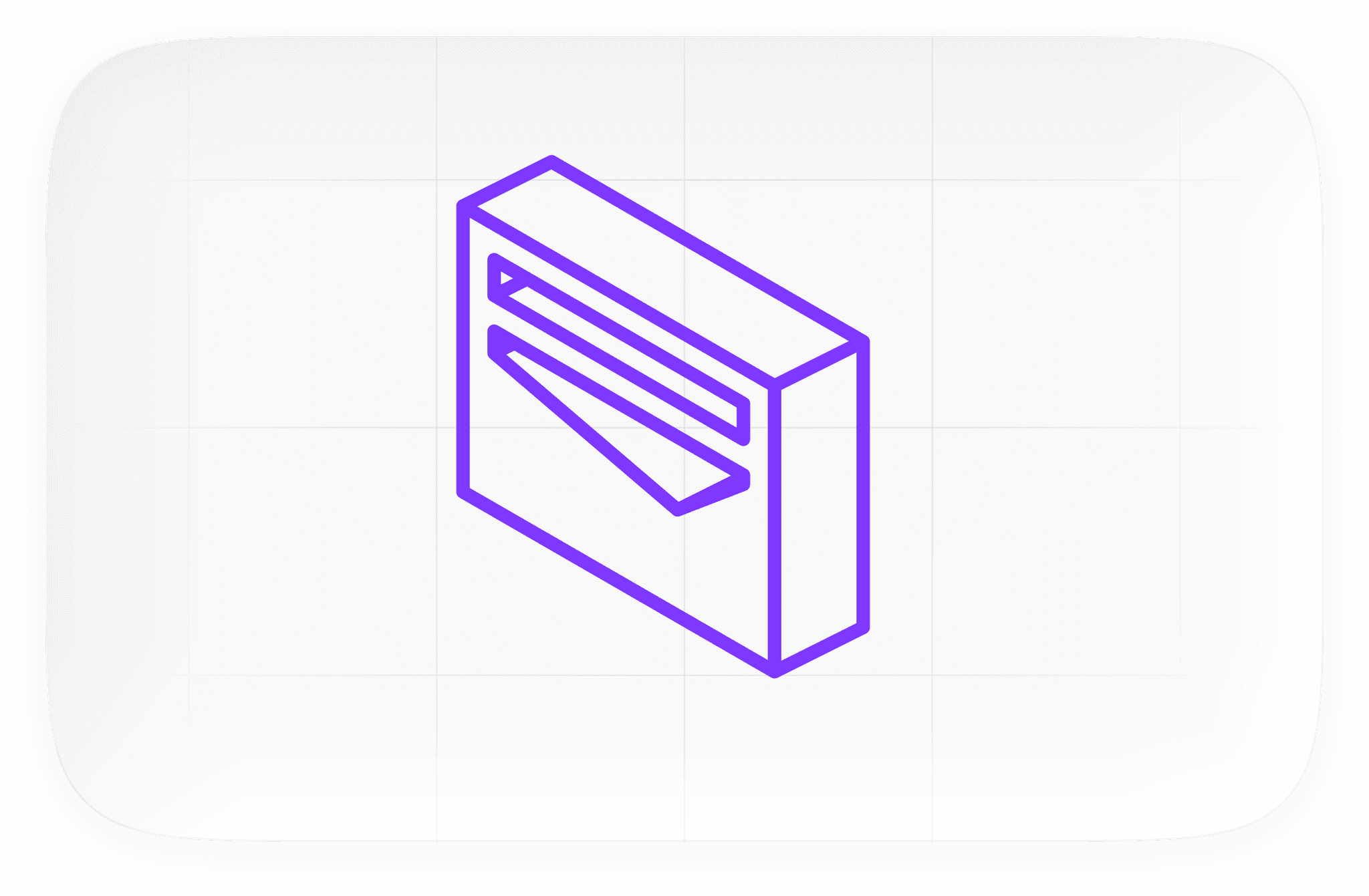
Autonomous Infrastructure
NodeOperator.ai is not a service — it’s an intelligent coordination layer that manages itself. Agents deploy, upgrade, and optimize infrastructure across clouds and networks — adapting in real time to maintain continuity at scale.
Orchestrate
Adapt
Evolve

FOR OPERATORS AND TEAMS
How It Works
Here's how NodeOperator.AI takes care of your nodes, from setup to upgrades — with no manual steps needed.
Deployment
Nodeoperator agent spins up validators, fullnodes, rollups and appchains in minutes. It also provisions base infrastructure (if doesnt exists yet, and also work with existing codebases), create PR for fixes, applies configs, and aligns deployments with network best practices—across cloud, bare metal, or Kubernetes.
Intelligent Management
The agent handles client upgrades, key rotations, and protocol-specific tasks automatically. It ensures your nodes stay current and secure without manual oversight.
Continuous Monitoring
NodeOperator.ai builds a live map of your infra, analyzing metrics, logs, and protocol state. It learns normal behavior and flags deviations before they become critical.
Autonomous Incident Response
When issues arise, the agent reasons like an experienced blockchain SRE: forming hypotheses, testing with real data, and delivering an evidence-backed diagnosis in your incident channel. With each event, it grows smarter—improving response speed and accuracy across networks.
Deployment
Nodeoperator agent spins up validators, fullnodes, rollups and appchains in minutes. It also provisions base infrastructure (if doesnt exists yet, and also work with existing codebases), create PR for fixes, applies configs, and aligns deployments with network best practices—across cloud, bare metal, or Kubernetes.
Intelligent Management
The agent handles client upgrades, key rotations, and protocol-specific tasks automatically. It ensures your nodes stay current and secure without manual oversight.
Continuous Monitoring
NodeOperator.ai builds a live map of your infra, analyzing metrics, logs, and protocol state. It learns normal behavior and flags deviations before they become critical.
Autonomous Incident Response
When issues arise, the agent reasons like an experienced blockchain SRE: forming hypotheses, testing with real data, and delivering an evidence-backed diagnosis in your incident channel. With each event, it grows smarter—improving response speed and accuracy across networks.
Seamless Integrations
NodeOperator.AI plugs right into your existing stack
no rewrites, no friction.

Technical expertise
Built by Blockchain & Infrastructure Engineers, for Protocols
The team behind NodeOperator.ai has run production infrastructure for Ethereum, Polkadot, Starknet, Flow, Obol, SSV, Filecoin, and more.
Now, we're bringing that expertise into an AI agent designed for protocols and operators at scale.







Deploy blockchain nodes
with just one
command. No messy config files
,no
DevOps overhead
— just AI-powered
Deploy blockchain nodes
with just one command. No messy
config files,
no DevOps
overhead
— just AI-powered
automation
that handles
everything else
Watch to see how it works

This demo video is a product walkthrough designed to show how Node Operator AI works. It demonstrates the process and features
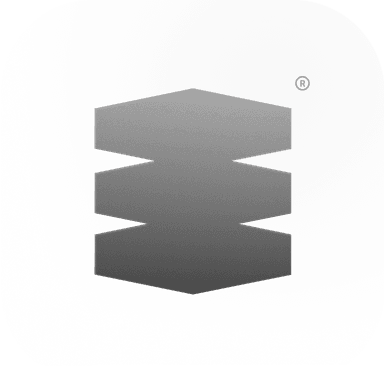
AUTOMATE YOUR INFRASTRUCTURE
What can you do with
NodeOperator.ai?
Resolve Incidents Autonomously
Stay Ahead of Upgrades
Prevent Slashing & Downtime
Scale Across Networks
The agent detects anomalies in validator, RPC, and sequencer nodes, pinpoints root causes in logs, and applies fixes before downtime or slashing occurs.
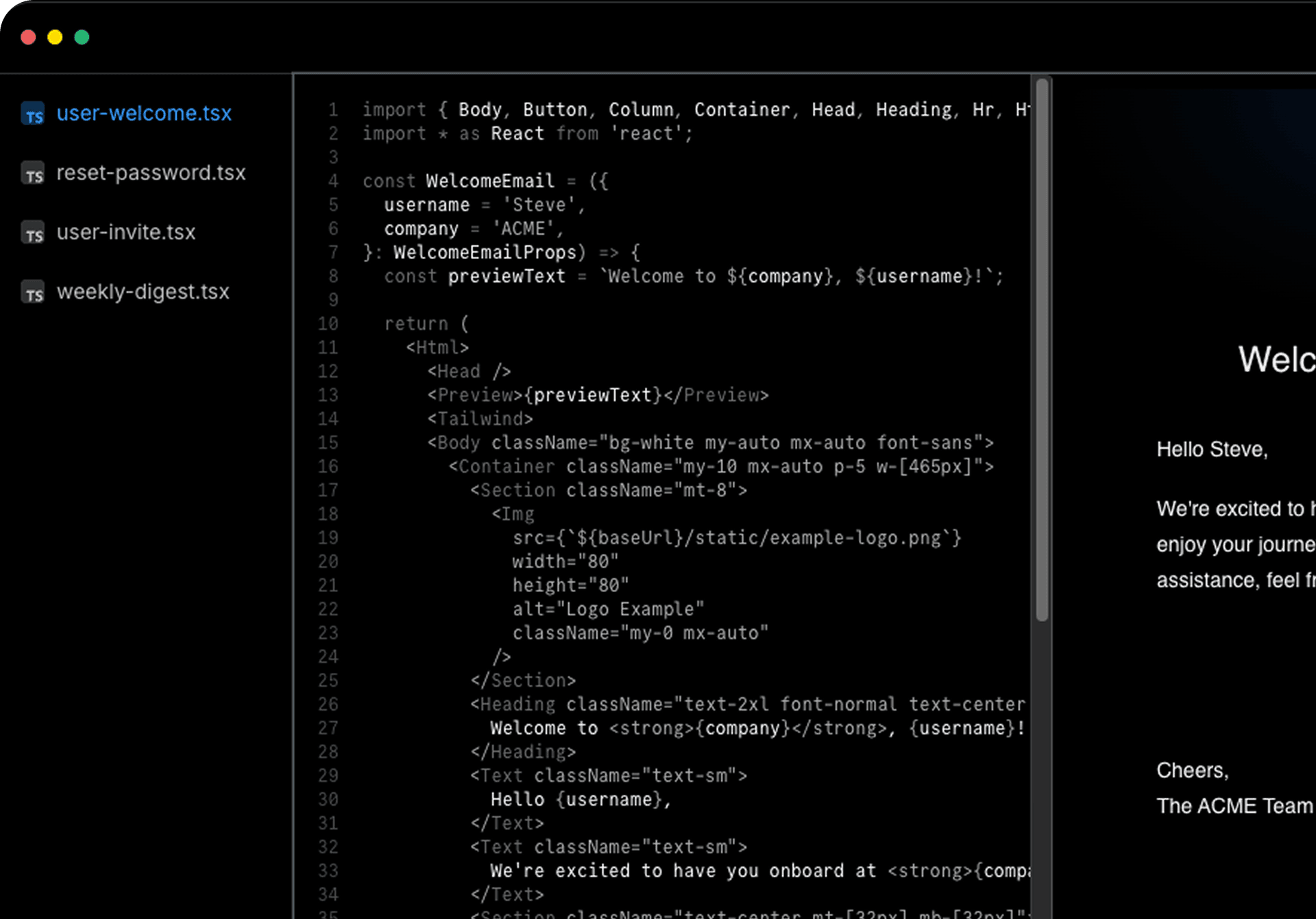
WHAT POWERS IT
Core Capabilities
The key features that make NodeOperator.AI smart, reliable, and ready to handle your infrastructure automatically.
Live Node Mapping
Builds a real-time model of your node infra and failure modes—using logs, metrics, alerts, Kubernetes state, and configs.
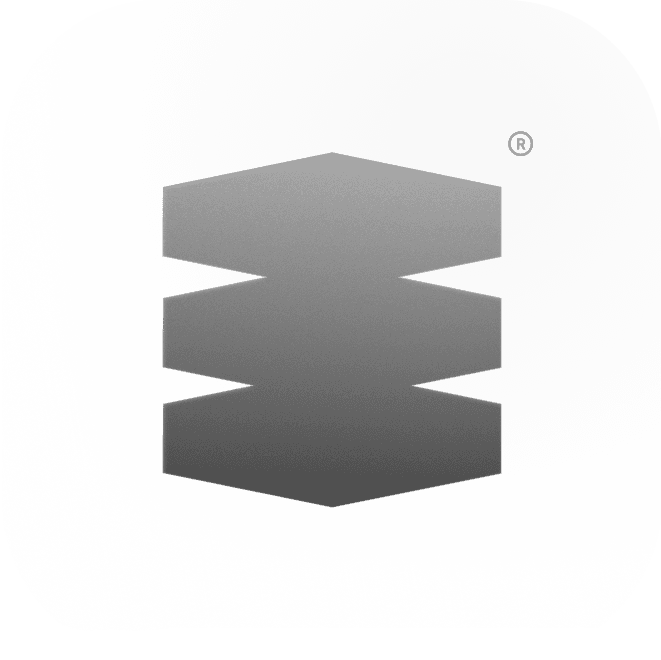
BEHIND THE SCENES
System Overview
Deployment Layer
Autonomous Provisioning: Launch validators, fullnodes, and sequencers on cloud, bare metal, or Kubernetes.
Infrastructure as Code Awareness: Works with Terraform, Helm, and Ansible to adapt to your existing setup.
Protocol-Aware Configs: Applies best practices per chain (Ethereum, Polkadot, Avalanche, Aptos, Starknet, etc.).

Release Management Layer
Automated Upgrades: Tracks client releases and rolls out updates safely across fleets.
Key & Policy Management: Enforces consensus-safe operations and prevents slashing.
Cross-Network Orchestration: Scales deployments across multiple chains and environments.

Monitoring Layer
Live Infra Mapping: Builds real-time topology of validators, fullnodes, sequencers, and dependencies.
Observability Integrations: Connects with Prometheus, Grafana, Datadog, Elastic, CloudWatch, and GCP Monitoring.
Behavioral Learning: Learns what “normal” looks like for each protocol, flagging anomalies early.

Incident Management Layer
In-Channel Diagnosis: Evidence-backed findings delivered in Slack/Discord or your alert channel.
Hypothesis-Driven Investigations: Triages issues like an experienced blockchain SRE, reasoning from logs, metrics, and state.
Self-Healing Response: Applies remediations automatically for known failures; escalates only when human oversight is needed.
Continuous Learning: Captures diagnostic patterns across incidents and applies them network-wide.
TRUSTED BY DEVELOPERS WORLDWIDE
What Developers Have to Say
NodeOperator.AI isn't just a tool — it's a partner that simplifies node operations and helps teams scale faster, safer, and smarter.
Node Operator AI completely changed how we manage infrastructure. We used to jump between Grafana, GitHub, and Slack just to fix one issue.Now, a single command handles validation, PRs, and rollout in one flow. It even caught a sync delay last week before our monitors did.What used to take hours of manual debugging now happens automatically. It genuinely feels like having an AI DevOps assistant built into our workflow.
Adaeze Onuoha
Blockchain DevOps Engineer, ZionChain Labs
Node Operator AI gave us visibility we didn’t even know we were missing. The ‘incident flow’ view helped our team cut recovery times by 70%. The contextual helpers are next-level.
Oluwatobi Ade
Site Reliability Engineer, Kudu analytics.
The deploy flow is pure magic. I typed ‘Deploy zkRollup node on GKE’ and watched it spin up the entire stack — sequencer, prover, RPC, and monitoring — like it was nothing.
Rohan Mehta
Validator Operator, EthGrid
The deploy flow is pure magic. I typed ‘Deploy zkRollup node on GKE’ and watched it spin up the entire stack — sequencer, prover, RPC, and monitoring — like it was nothing.
Ivan Petrov
Senior Backend Engineer, StakeForge
It turns chaos into order. Instead of juggling Terraform scripts, monitoring dashboards, and log tools, I get a single conversational layer that connects them all.
Benjamin Laurent
Cloud Architect, Polaris Infrastructure
Running 40+ nodes across regions was becoming unmanageable. Node Operator AI streamlined everything, from version upgrades to CI/CD rollouts.It explains what’s happening at every stage, so we never feel out of the loop.The helper updates sound like a real engineer documenting live progress. We’ve reduced human intervention by almost 70%. It’s not just automation, it’s accountability baked into our infrastructure.
Elena Vargas
CTO, Aeternum
Every network upgrade used to mean sleepless nights for our validator team. Node Operator AI now detects client releases, drafts PRs, and tracks rollouts. It even alerts us on Slack before a critical block height hits. The workflow feels natural, like a guided autopilot for infra.
Daniel Cardenas
zkEngineer, LayerLab
Node Operator AI completely changed how we manage infrastructure. We used to jump between Grafana, GitHub, and Slack just to fix one issue.Now, a single command handles validation, PRs, and rollout in one flow. It even caught a sync delay last week before our monitors did.What used to take hours of manual debugging now happens automatically. It genuinely feels like having an AI DevOps assistant built into our workflow.
Adaeze Onuoha
Blockchain DevOps Engineer, ZionChain Labs
Node Operator AI gave us visibility we didn’t even know we were missing. The ‘incident flow’ view helped our team cut recovery times by 70%. The contextual helpers are next-level.
Oluwatobi Ade
Site Reliability Engineer, Kudu analytics.
The deploy flow is pure magic. I typed ‘Deploy zkRollup node on GKE’ and watched it spin up the entire stack — sequencer, prover, RPC, and monitoring — like it was nothing.
Rohan Mehta
Validator Operator, EthGrid
The deploy flow is pure magic. I typed ‘Deploy zkRollup node on GKE’ and watched it spin up the entire stack — sequencer, prover, RPC, and monitoring — like it was nothing.
Ivan Petrov
Senior Backend Engineer, StakeForge
Node Operator AI completely changed how we manage infrastructure. We used to jump between Grafana, GitHub, and Slack just to fix one issue.Now, a single command handles validation, PRs, and rollout in one flow. It even caught a sync delay last week before our monitors did.What used to take hours of manual debugging now happens automatically. It genuinely feels like having an AI DevOps assistant built into our workflow.
Adaeze Onuoha
Blockchain DevOps Engineer, ZionChain Labs
Node Operator AI gave us visibility we didn’t even know we were missing. The ‘incident flow’ view helped our team cut recovery times by 70%. The contextual helpers are next-level.
Oluwatobi Ade
Site Reliability Engineer, Kudu analytics.
The deploy flow is pure magic. I typed ‘Deploy zkRollup node on GKE’ and watched it spin up the entire stack — sequencer, prover, RPC, and monitoring — like it was nothing.
Rohan Mehta
Validator Operator, EthGrid
The deploy flow is pure magic. I typed ‘Deploy zkRollup node on GKE’ and watched it spin up the entire stack — sequencer, prover, RPC, and monitoring — like it was nothing.
Ivan Petrov
Senior Backend Engineer, StakeForge
It turns chaos into order. Instead of juggling Terraform scripts, monitoring dashboards, and log tools, I get a single conversational layer that connects them all.
Benjamin Laurent
Cloud Architect, Polaris Infrastructure
Running 40+ nodes across regions was becoming unmanageable. Node Operator AI streamlined everything, from version upgrades to CI/CD rollouts.It explains what’s happening at every stage, so we never feel out of the loop.The helper updates sound like a real engineer documenting live progress. We’ve reduced human intervention by almost 70%. It’s not just automation, it’s accountability baked into our infrastructure.
Elena Vargas
CTO, Aeternum
Every network upgrade used to mean sleepless nights for our validator team. Node Operator AI now detects client releases, drafts PRs, and tracks rollouts. It even alerts us on Slack before a critical block height hits. The workflow feels natural, like a guided autopilot for infra.
Daniel Cardenas
zkEngineer, LayerLab
Node Operator AI completely changed how we manage infrastructure. We used to jump between Grafana, GitHub, and Slack just to fix one issue.Now, a single command handles validation, PRs, and rollout in one flow. It even caught a sync delay last week before our monitors did.What used to take hours of manual debugging now happens automatically. It genuinely feels like having an AI DevOps assistant built into our workflow.
Adaeze Onuoha
Blockchain DevOps Engineer, ZionChain Labs
Node Operator AI gave us visibility we didn’t even know we were missing. The ‘incident flow’ view helped our team cut recovery times by 70%. The contextual helpers are next-level.
Oluwatobi Ade
Site Reliability Engineer, Kudu analytics.
The deploy flow is pure magic. I typed ‘Deploy zkRollup node on GKE’ and watched it spin up the entire stack — sequencer, prover, RPC, and monitoring — like it was nothing.
Rohan Mehta
Validator Operator, EthGrid
The deploy flow is pure magic. I typed ‘Deploy zkRollup node on GKE’ and watched it spin up the entire stack — sequencer, prover, RPC, and monitoring — like it was nothing.
Ivan Petrov
Senior Backend Engineer, StakeForge
Node Operator AI completely changed how we manage infrastructure. We used to jump between Grafana, GitHub, and Slack just to fix one issue.Now, a single command handles validation, PRs, and rollout in one flow. It even caught a sync delay last week before our monitors did.What used to take hours of manual debugging now happens automatically. It genuinely feels like having an AI DevOps assistant built into our workflow.
Adaeze Onuoha
Blockchain DevOps Engineer, ZionChain Labs
Node Operator AI gave us visibility we didn’t even know we were missing. The ‘incident flow’ view helped our team cut recovery times by 70%. The contextual helpers are next-level.
Oluwatobi Ade
Site Reliability Engineer, Kudu analytics.
The deploy flow is pure magic. I typed ‘Deploy zkRollup node on GKE’ and watched it spin up the entire stack — sequencer, prover, RPC, and monitoring — like it was nothing.
Rohan Mehta
Validator Operator, EthGrid
The deploy flow is pure magic. I typed ‘Deploy zkRollup node on GKE’ and watched it spin up the entire stack — sequencer, prover, RPC, and monitoring — like it was nothing.
Ivan Petrov
Senior Backend Engineer, StakeForge
It turns chaos into order. Instead of juggling Terraform scripts, monitoring dashboards, and log tools, I get a single conversational layer that connects them all.
Benjamin Laurent
Cloud Architect, Polaris Infrastructure
Running 40+ nodes across regions was becoming unmanageable. Node Operator AI streamlined everything, from version upgrades to CI/CD rollouts.It explains what’s happening at every stage, so we never feel out of the loop.The helper updates sound like a real engineer documenting live progress. We’ve reduced human intervention by almost 70%. It’s not just automation, it’s accountability baked into our infrastructure.
Elena Vargas
CTO, Aeternum
Every network upgrade used to mean sleepless nights for our validator team. Node Operator AI now detects client releases, drafts PRs, and tracks rollouts. It even alerts us on Slack before a critical block height hits. The workflow feels natural, like a guided autopilot for infra.
Daniel Cardenas
zkEngineer, LayerLab
Node Operator AI completely changed how we manage infrastructure. We used to jump between Grafana, GitHub, and Slack just to fix one issue.Now, a single command handles validation, PRs, and rollout in one flow. It even caught a sync delay last week before our monitors did.What used to take hours of manual debugging now happens automatically. It genuinely feels like having an AI DevOps assistant built into our workflow.
Adaeze Onuoha
Blockchain DevOps Engineer, ZionChain Labs
Node Operator AI gave us visibility we didn’t even know we were missing. The ‘incident flow’ view helped our team cut recovery times by 70%. The contextual helpers are next-level.
Oluwatobi Ade
Site Reliability Engineer, Kudu analytics.
The deploy flow is pure magic. I typed ‘Deploy zkRollup node on GKE’ and watched it spin up the entire stack — sequencer, prover, RPC, and monitoring — like it was nothing.
Rohan Mehta
Validator Operator, EthGrid
The deploy flow is pure magic. I typed ‘Deploy zkRollup node on GKE’ and watched it spin up the entire stack — sequencer, prover, RPC, and monitoring — like it was nothing.
Ivan Petrov
Senior Backend Engineer, StakeForge
Node Operator AI completely changed how we manage infrastructure. We used to jump between Grafana, GitHub, and Slack just to fix one issue.Now, a single command handles validation, PRs, and rollout in one flow. It even caught a sync delay last week before our monitors did.What used to take hours of manual debugging now happens automatically. It genuinely feels like having an AI DevOps assistant built into our workflow.

Adaeze Onuoha
Blockchain DevOps Engineer, ZionChain Labs